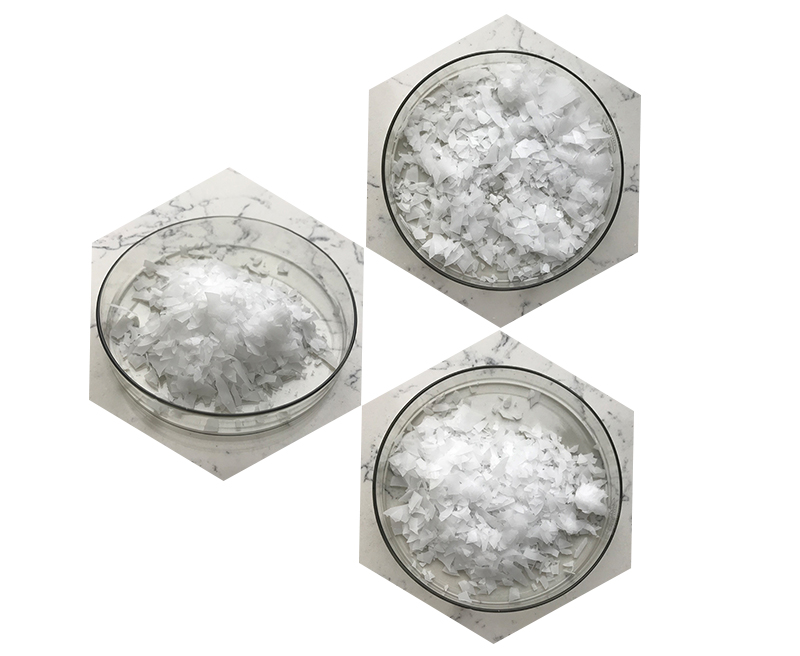Ceteareth is not a single substance but rather a group of related ingredients commonly used in cosmetic and personal care products. Ceteareth is a blend of cetyl alcohol and stearyl alcohol, which are both fatty alcohols. The number following “Ceteareth” indicates the average number of ethylene oxide units in the molecule.
For example:
Ceteareth-20: This means the ceteareth compound contains an average of 20 ethylene oxide units.
Ceteareth-25: This would indicate an average of 25 ethylene oxide units.
These ingredients are often used in cosmetics and skincare products as emulsifiers, surfactants, and stabilizers. They help to blend oil and water-based ingredients, improve the texture and feel of the product, and enhance its overall stability. Additionally, ceteareth ingredients can have emollient properties, helping to soften and smooth the skin.
It’s important to note that while ceteareth ingredients are generally considered safe for use in cosmetics, individuals with specific sensitivities or allergies should always check product labels and consult with a healthcare professional if they have concerns.

Efficacy and Function of Ceteareth
Ceteareth is a generic term used for a group of synthetic compounds that are derived from cetyl alcohol and stearyl alcohol, both of which are fatty alcohols. Ceteareth is often used in cosmetics and personal care products as emulsifying agents, surfactants, and stabilizers. Emulsifying agents help blend oil and water-based ingredients in creams, lotions, and other cosmetic formulations.
Here are some key functions and properties of Ceteareth:
Emulsification: Ceteareth acts as an emulsifier, facilitating the mixing of oil and water in cosmetic formulations. This is important for the stability and consistency of products like creams and lotions.
Surfactant Properties: Ceteareth can also function as a surfactant, which means it helps reduce the surface tension between different components in a product. This property aids in the even distribution of the product during application.
Stabilization: Ceteareth contributes to the stability of cosmetic formulations by preventing the separation of oil and water phases. This is essential for maintaining the integrity and shelf life of the product.
Texture and Feel: Ceteareth can influence the texture and feel of cosmetic products, contributing to a smooth and pleasant application.

Compatibility: It is generally compatible with a wide range of cosmetic ingredients, making it a versatile additive for formulators.
It’s important to note that specific types of Ceteareth (e.g., Ceteareth-20, Ceteareth-12) may have slightly different properties and applications. Additionally, while Ceteareth itself is considered safe for use in cosmetics, the overall safety of a cosmetic product depends on the complete formulation and how it interacts with individual skin types.
As with any cosmetic ingredient, it’s recommended to check product labels for specific information on the type and concentration of Ceteareth used, especially if you have sensitive skin or specific ingredient preferences. If you have specific concerns or skin conditions, it’s advisable to consult with a dermatologist or healthcare professional.
